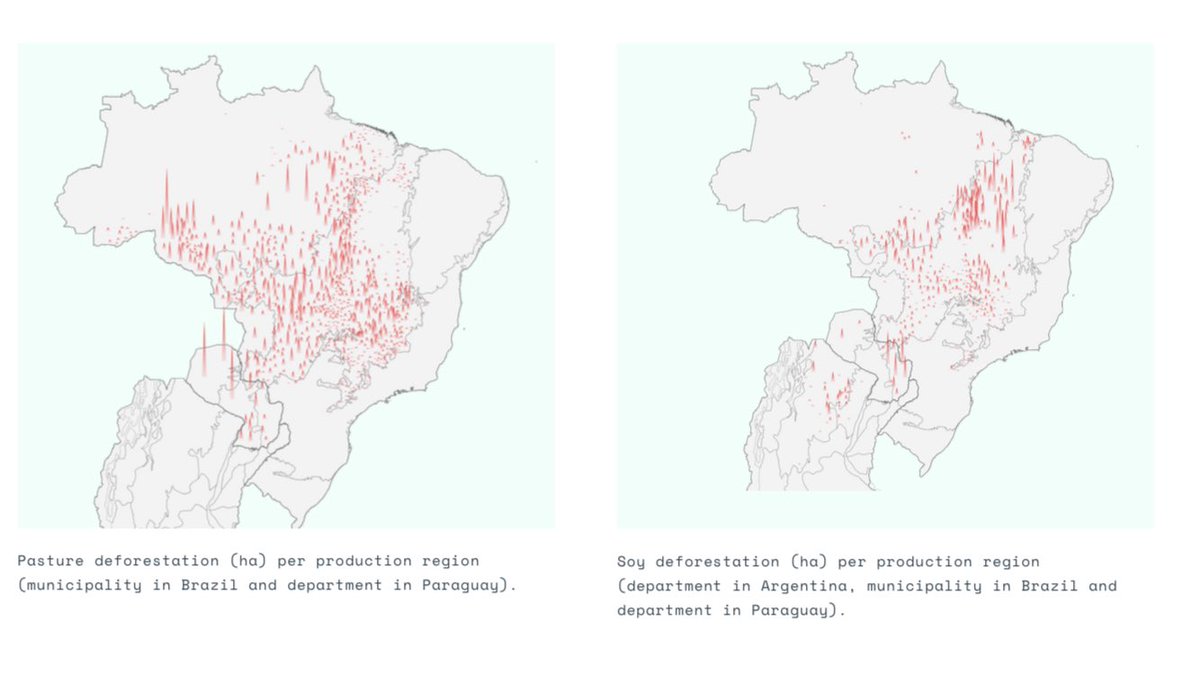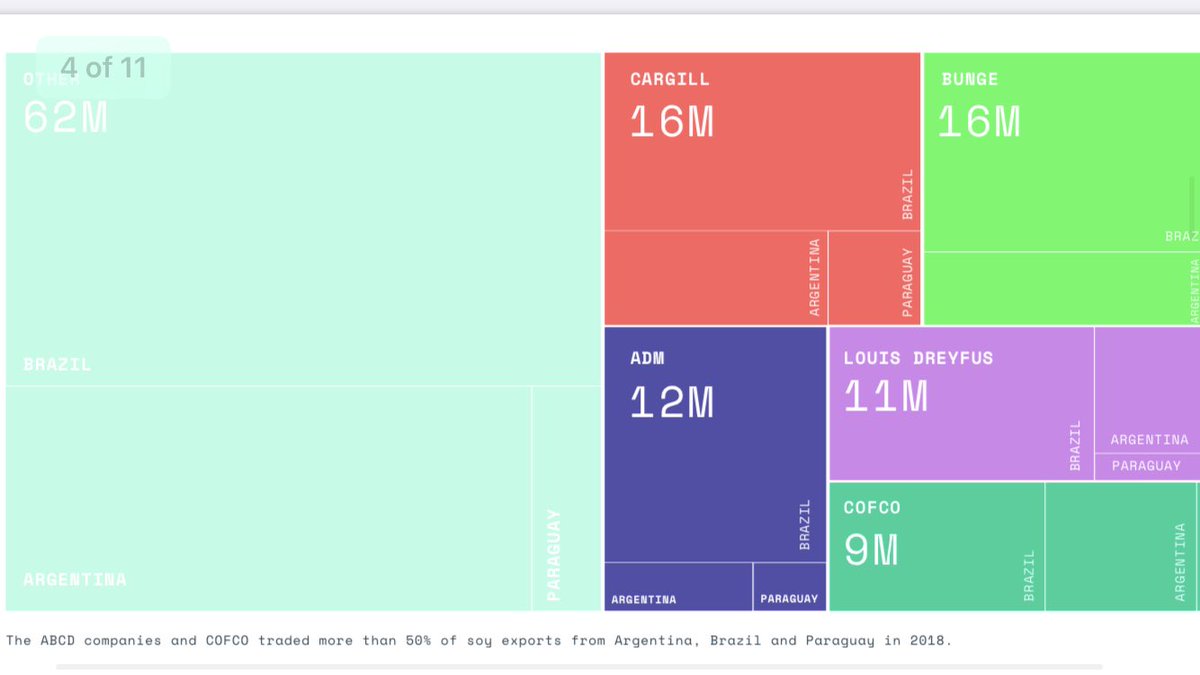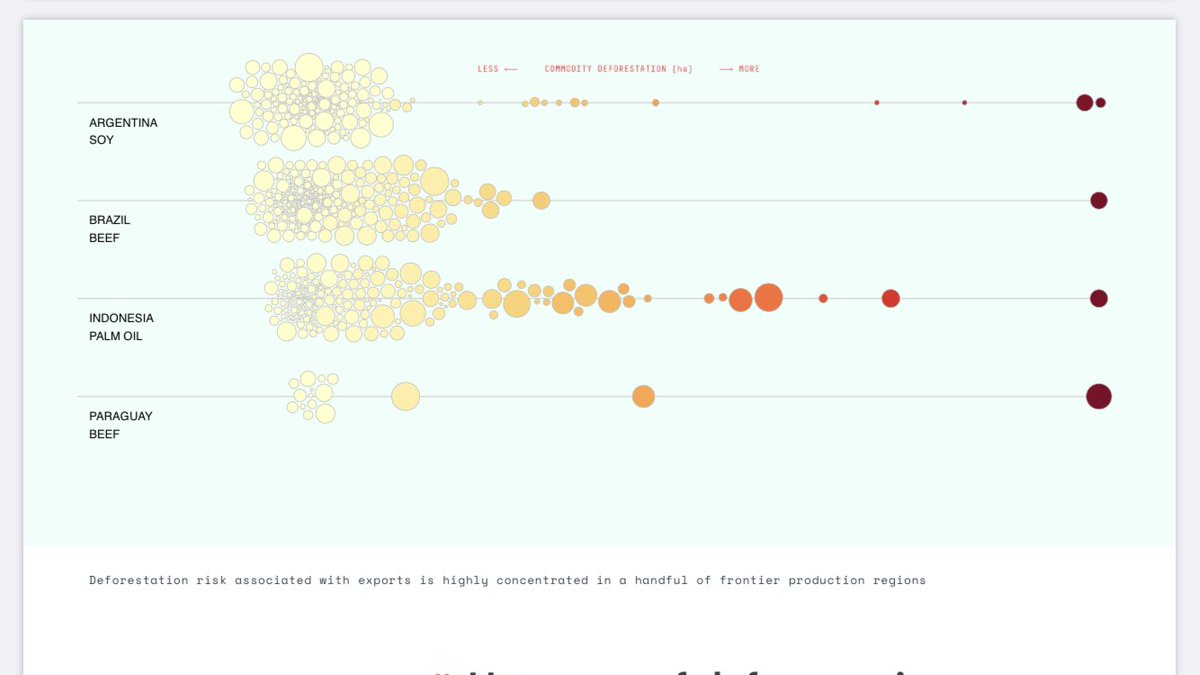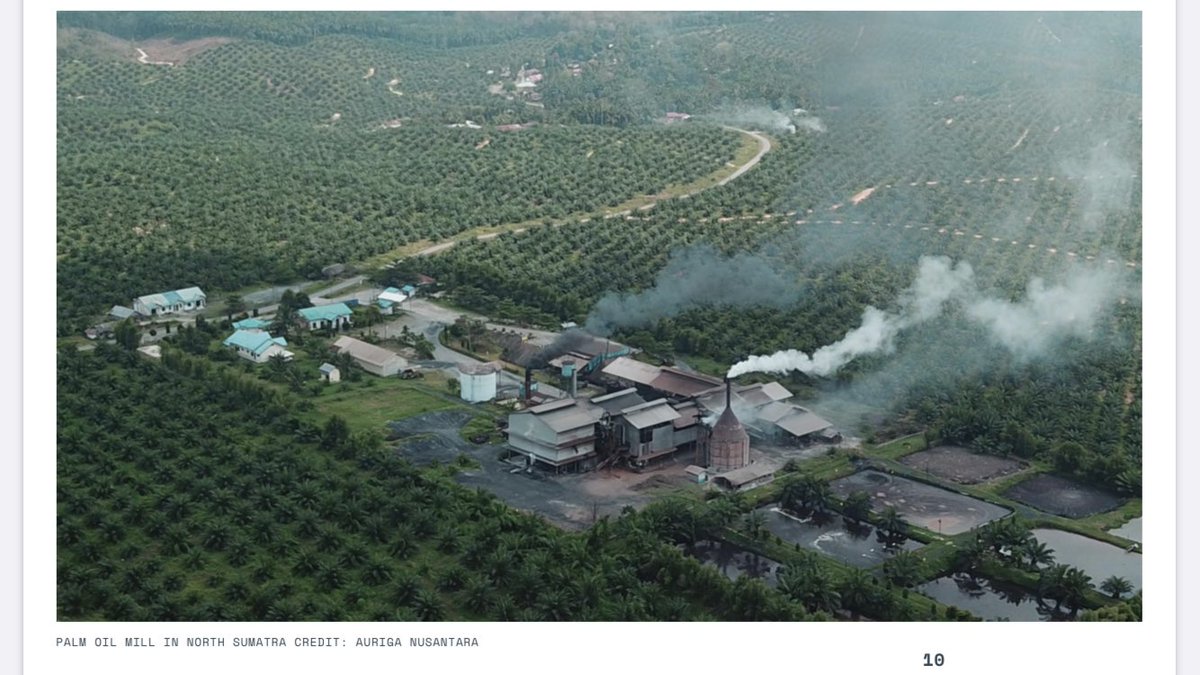1.”Trase estimates that in 2018 the expansion of pastures was responsible for 81% of deforestation in the Brazilian Amazon, over 95% of the deforestation in the Paraguayan Chaco, and 54% in the Cerrado”.
http://resources.trase.earth/documents/Trase_Yearbook_Executive_Summary_2_July_2020.pdf
http://resources.trase.earth/documents/Trase_Yearbook_Executive_Summary_2_July_2020.pdf
2. At least half of all exports are concentrated in the hands of the top five exporters of each of the forest-risk commodities assessed in the 2020 Trase Yearbook.
http://resources.trase.earth/documents/Trase_Yearbook_Executive_Summary_2_July_2020.pdf
http://resources.trase.earth/documents/Trase_Yearbook_Executive_Summary_2_July_2020.pdf
3. China continues to pull ahead of the EU as the main market for key forest-risk commodities: soy, beef and palm oil.
In 2018 China imported 52% of all soy exported from Argentina, Brazil and Paraguay, including 68% of all exported Brazilian soy.
http://resources.trase.earth/documents/Trase_Yearbook_Executive_Summary_2_July_2020.pdf
In 2018 China imported 52% of all soy exported from Argentina, Brazil and Paraguay, including 68% of all exported Brazilian soy.
http://resources.trase.earth/documents/Trase_Yearbook_Executive_Summary_2_July_2020.pdf
4. the EU remains the main market for Argentinian and Paraguayan soy, its market share of Brazilian soy exports has fallen steadily from 2009, when
it was the main export market for Brazilian soy, to only 15% in 2018. http://resources.trase.earth/documents/Trase_Yearbook_Executive_Summary_2_July_2020.pdf
it was the main export market for Brazilian soy, to only 15% in 2018. http://resources.trase.earth/documents/Trase_Yearbook_Executive_Summary_2_July_2020.pdf
5. Over the last decade deforestation exposure has been greater for European soy imports than for Chinese soy imports. This is because the EU’s imports are more often sourced from deforestation frontiers in the Amazon and the Cerrado. http://resources.trase.earth/documents/Trase_Yearbook_Executive_Summary_2_July_2020.pdf
6. More than half the deforestation linked to traded agricultural commodities is concentrated in less than 5% of producing localities, which Trase uniquely identifies. http://resources.trase.earth/documents/Trase_Yearbook_Executive_Summary_2_July_2020.pdf
7. Soy from Matopiba, the main deforestation frontier in the Brazilian Cerrado, makes up less than 10% of exports to the EU and China, but accounts for morethan 66% of their deforestation risk. http://resources.trase.earth/documents/Trase_Yearbook_Executive_Summary_2_July_2020.pdf
8. Zero-deforestation commitments by commodity traders are critical, but the majority of exports of forest-risk commodities like beef are still not covered. None of the companies exporting beef from Paraguay in 2018 have a zero-deforestation commitment. http://resources.trase.earth/documents/Trase_Yearbook_Executive_Summary_2_July_2020.pdf
9. In 2018, 70% of Paraguay’s beef exports came from the Chaco biome and were associated with 238,000 ha of deforestation risk. This equates to a relative risk of 734 ha per 1000 tonnes of meat... http://resources.trase.earth/documents/Trase_Yearbook_Executive_Summary_2_July_2020.pdf
10. More than 80% of palm oil exports from Indonesia in 2018 were covered by some level
of zero-deforestation commitment made by the trading company. However, since traders source from hundreds of smaller companies, it creates a traceability challenge. http://resources.trase.earth/documents/Trase_Yearbook_Executive_Summary_2_July_2020.pdf
of zero-deforestation commitment made by the trading company. However, since traders source from hundreds of smaller companies, it creates a traceability challenge. http://resources.trase.earth/documents/Trase_Yearbook_Executive_Summary_2_July_2020.pdf

 Read on Twitter
Read on Twitter





